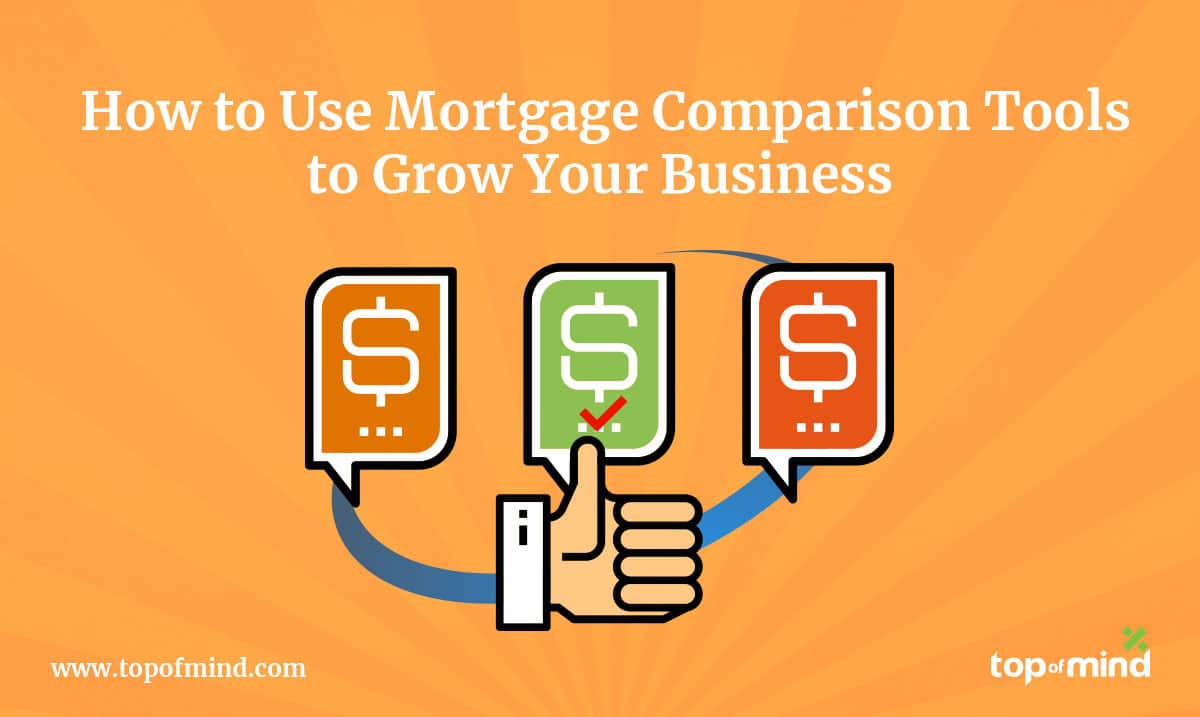Save for the ultra-experienced home loan shopper, virtually every loan inquiry starts with the rate question. On one side, that’s great as it gives savvy loan officers the opportunity to educate a prospect far more thoroughly. Using the right kind of mortgage comparison tools is the best and easiest way to do that.
GET STARTED TODAY
Give Surefire a Try!
The best way to find out what we offer is to try it out yourself. We’re confident that you’ll like what you see.
Mortgage rates are certainly important. In the long haul, that’s where most of the true expense of a loan will come from. Yet what’s a long haul? The average life of a mortgage loan has clocked in at only a few years since way back in the ’80s when rates were in the double digits. It hasn’t been a particularly smooth ride down, yet down is the overriding direction. As a result, the majority of home loans get refinanced, or the borrowers sell and move on.
The shorter the life of the mortgage loan, the more important it is to use mortgage comparison tools to assess not just each loan’s total payment but total cost too. That means not just interest expense, but loan amounts, closing costs and product type such as fixed-rate loans vs. blended ARMs. If you want another layer of sophistication, add in the real cost of interest after any tax benefits for eligible borrowers that itemize. The bottom line should be the real cost of each loan so the prospect can realize that the lowest rate or APR does not likely equal the best deal.
This kind of analysis is best done by asking prospects the all-important question right upfront. It goes like this:
Prospect:
“I was given your name by my real estate agent. I’m calling to see what your best rate is on a 30-year fixed-rate loan.”
You (armed with good mortgage comparison tools that’ll take evidence side by side the real cost of a loan):
“Great! I know it can be a tough question, but to determine the best rate for you, can you tell me how long you expect to be in your home or have this loan?”
Prospect:
“Hunh??? I’m not sure, but probably 5 years as this is a starter home and once we have kids, we’ll need a bigger house.”
You:
“Thanks, that’s actually very important to know. I realize you want the best interest rate possible, yet what may interest you even more is the loan that costs you the least amount of money overall for the time you expect to use it.”
Prospect:
“Hmmm, I never really thought about it that way.”
You:
“That’s okay. Not many people do, and that’s why I’m here to help show you how you can save money by reducing your total costs.”
A simple conversation, yet pretty eye-opening to those who are only getting rate quotes. At the least, you’ve differentiated yourself and made a positive first impression. That’s the kind of thing that wins deals, especially after you’ve provided a comparative analysis that another lender’s offer may not compete with.
It’s crazy that as loan officers, mortgage brokers, mortgage bankers, or any mortgage lender, we’re required to provide an annual percentage rate when in fact, it’s entirely likely that it proves to be wrong and misleading to a borrower who will have that loan only for a few years.
The lowest available annual percentage rate typically equates to the loan with the highest upfront closing costs. It takes an average of 5-6 years to amortize the cost of points paid on a 30-year loan, and that’s a bad deal for anybody that’s only using that lower rate for 3 or 4 years.
Instead, blended ARMs or a zero-point fixed-rate loan will often prove less expensive over those shorter time periods, and the money left in hand can be used in better ways. In fact, a great thing to do with a comparison calculator is to show the low-rate loan with all the points or fees vs. a higher rate loan where the points otherwise paid are added to the down payment. This also lowers the payment, but that money will still belong to the borrowers in the form of equity vs. a never to be retrieved one-time fee.
Showing prospects and borrowers how to really save money and most effectively choose the best loan for them is an easy way to grow your business. It’s the kind of practice that earns you referrals, and that’s the best kind that there is – that is, referrals based not on rates but advice. People appreciate when you do what’s right for them, and when you do, they will often return the favor.
Speaking of favors, do one for yourself and click here for a Surefire demo to discover how easy it can be to incorporate mortgage loan comparison tools and many others into your business.


